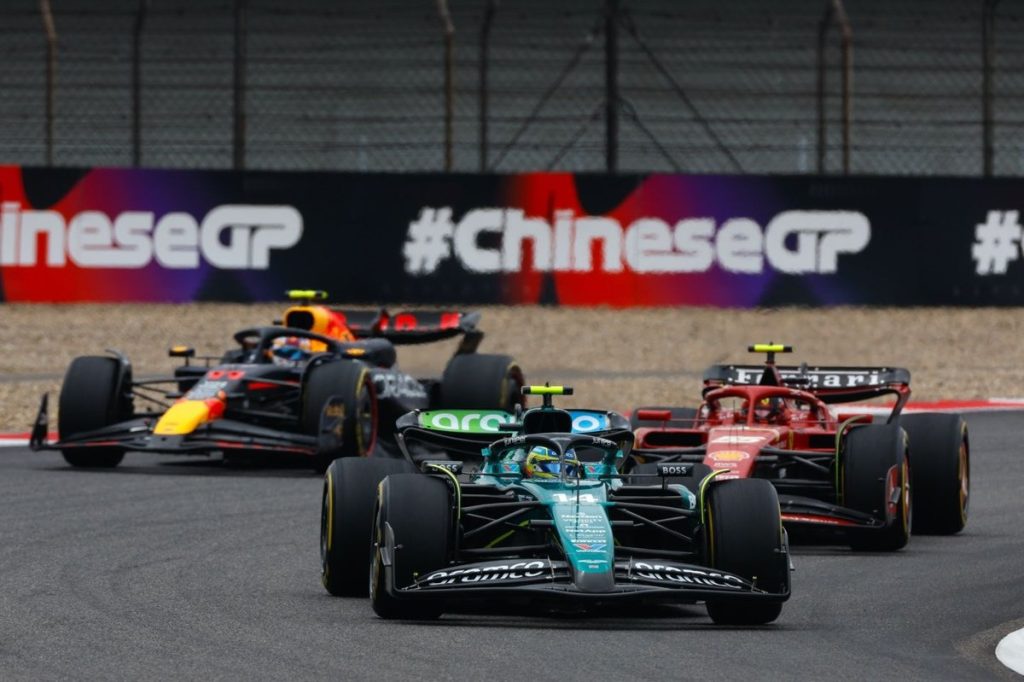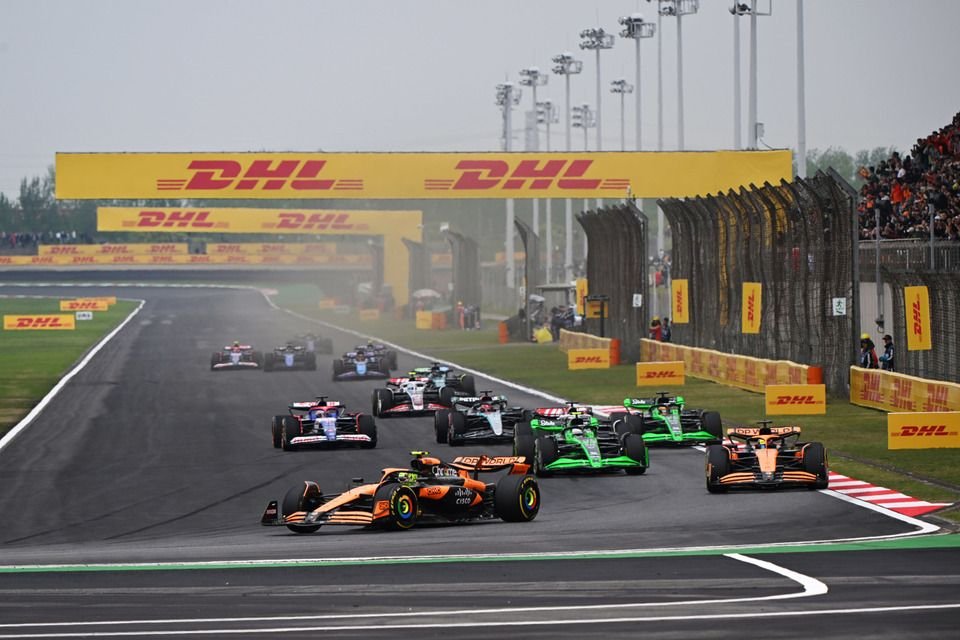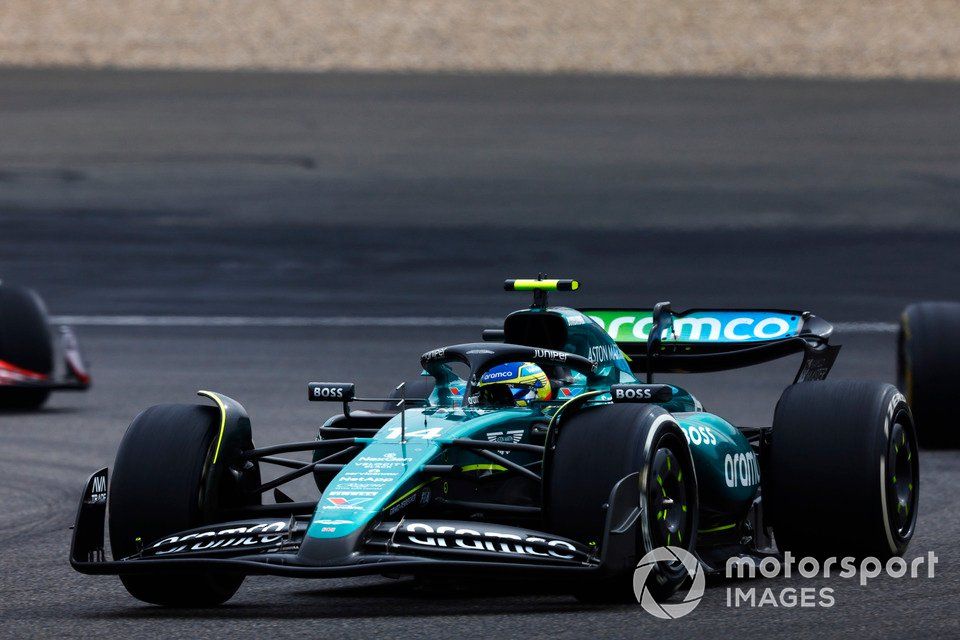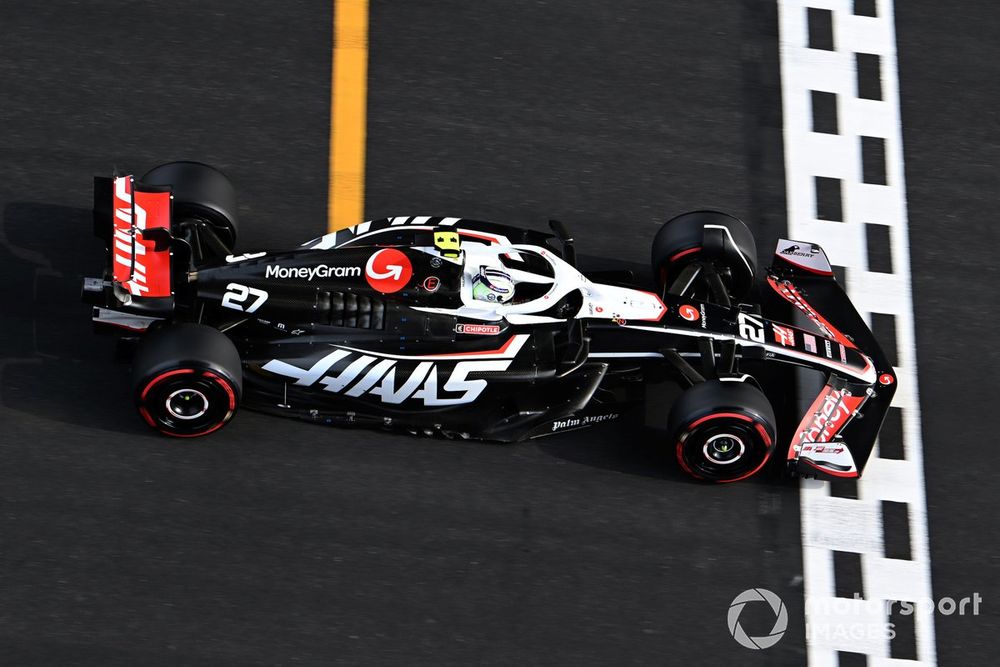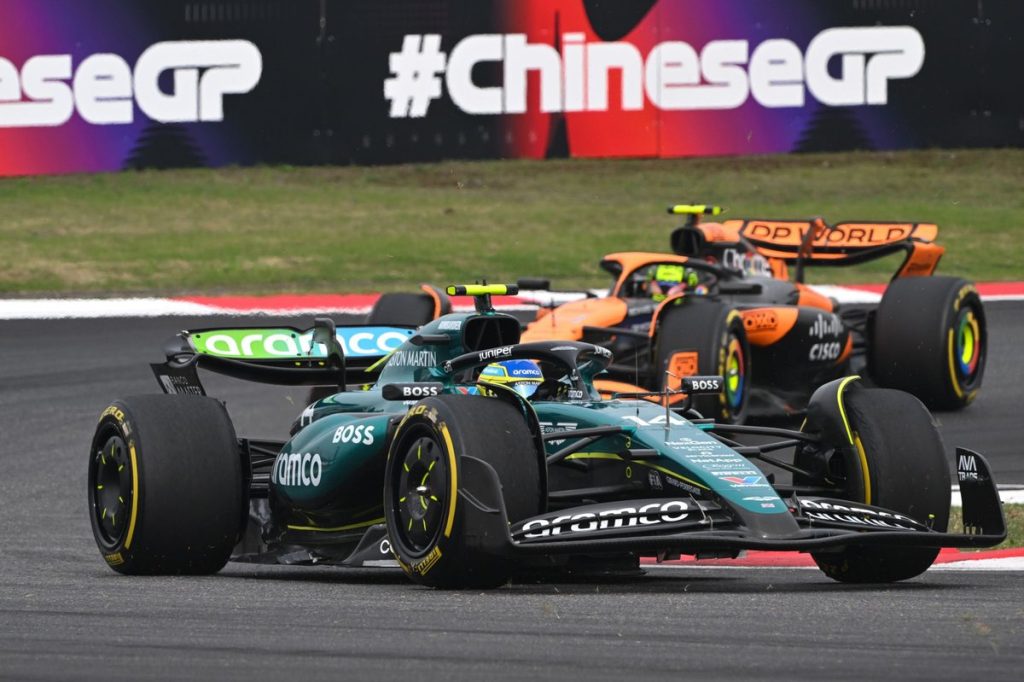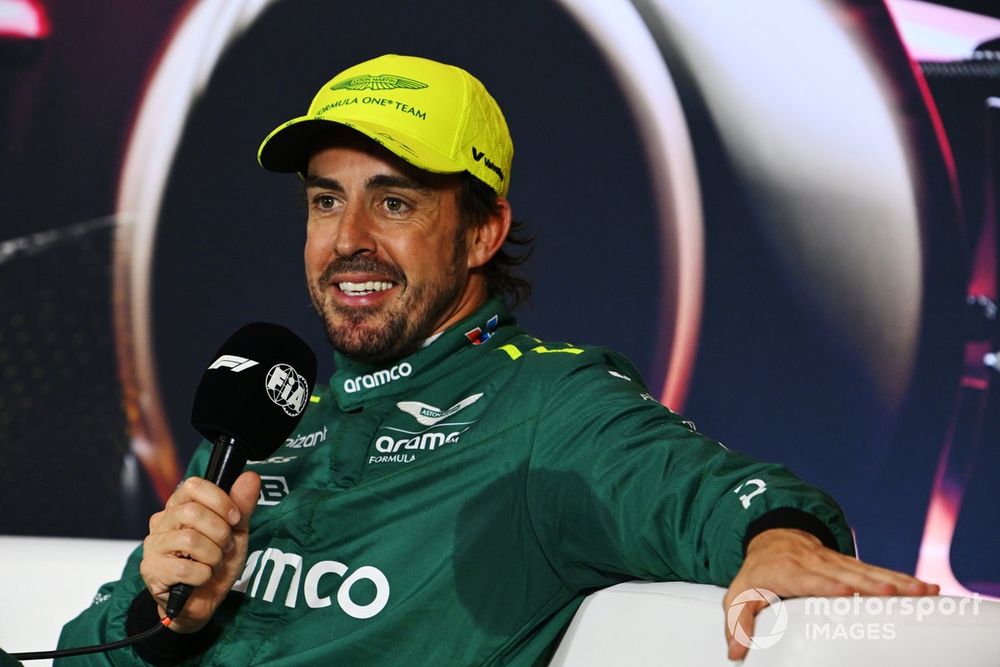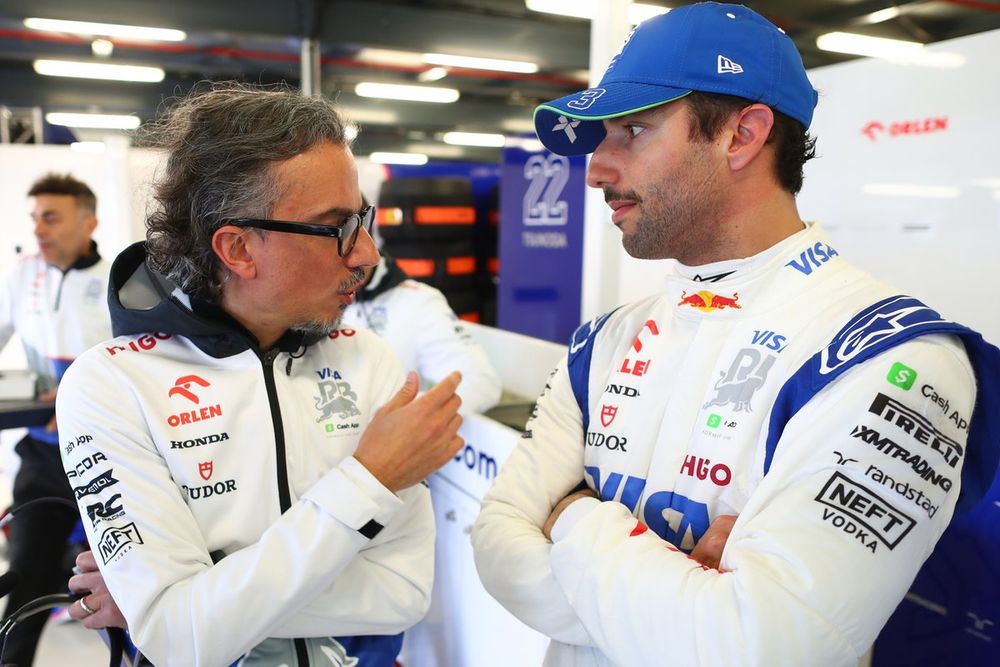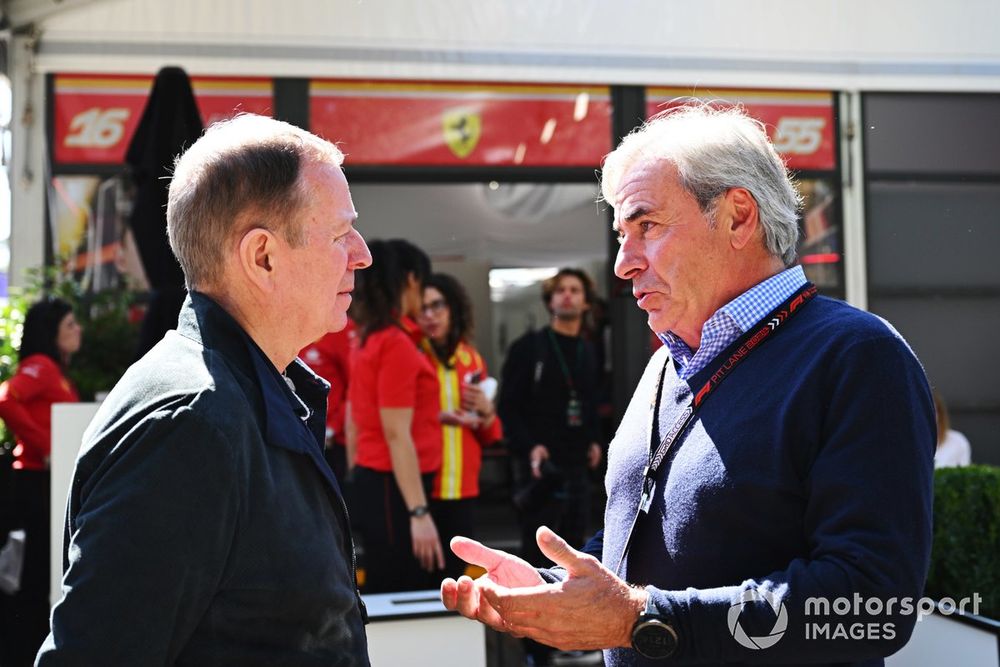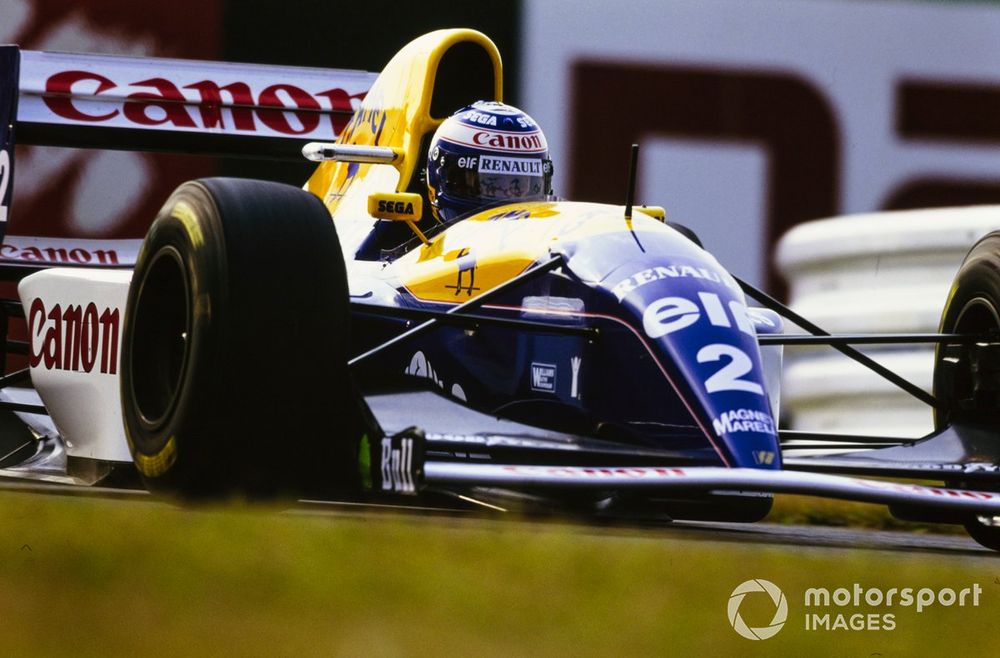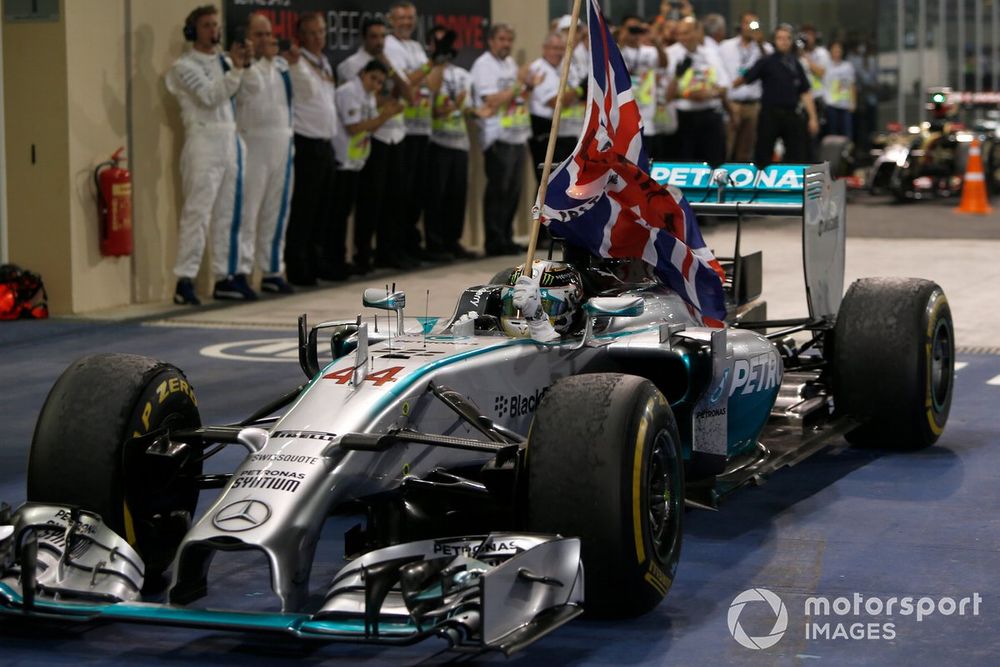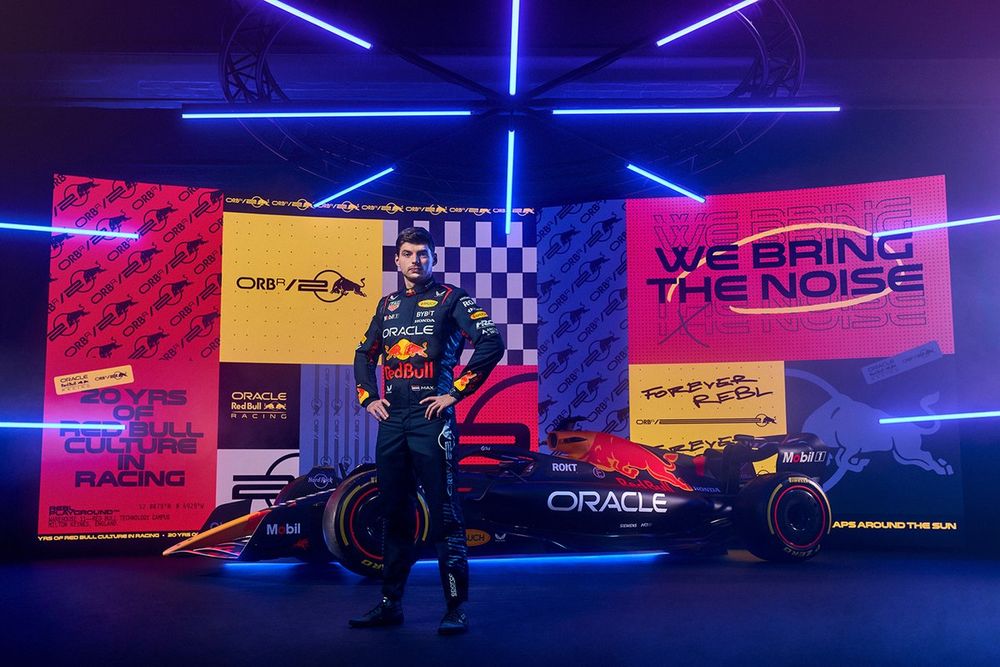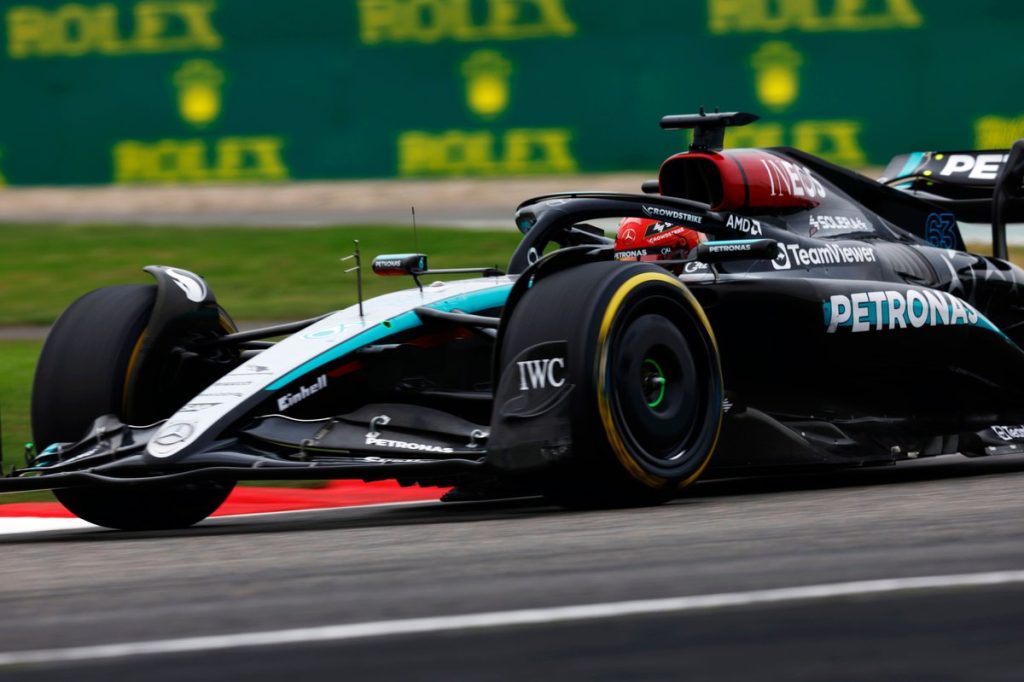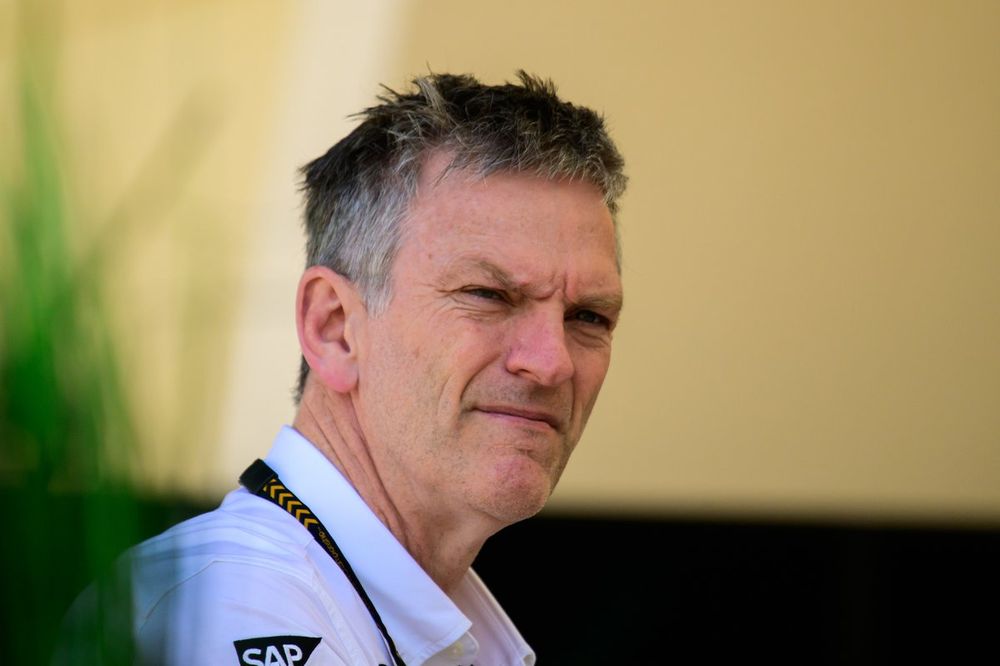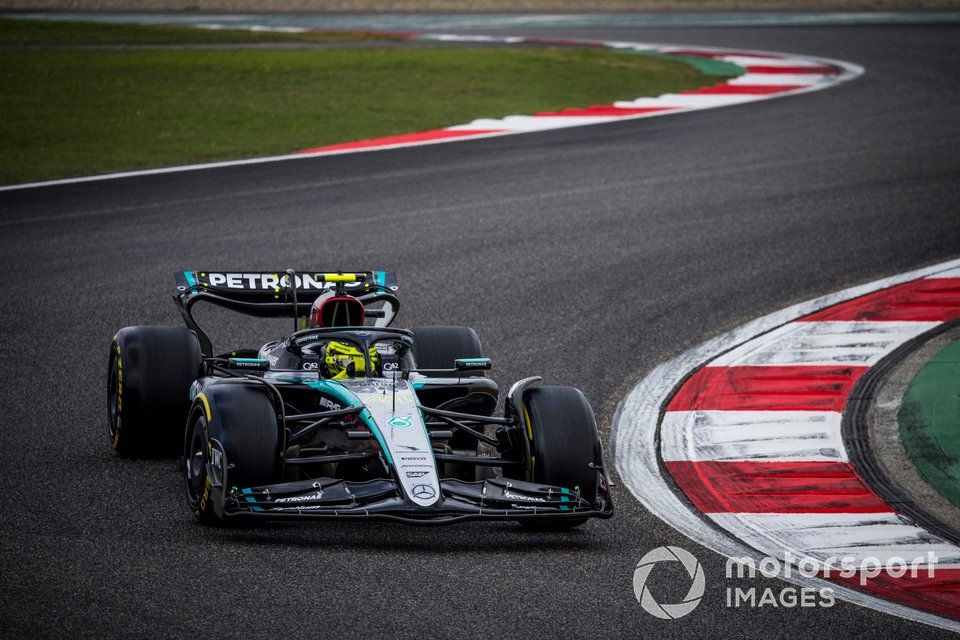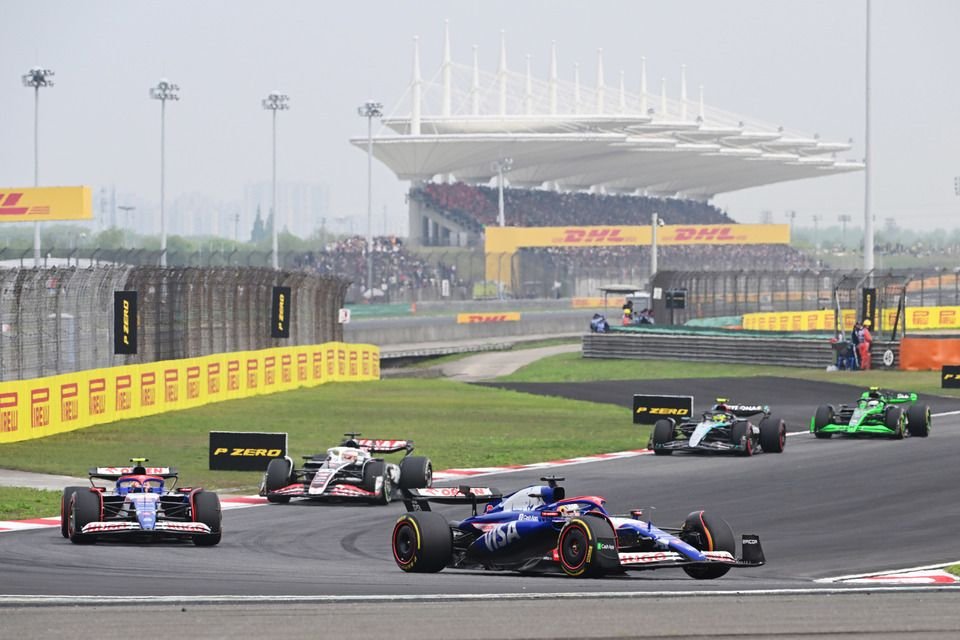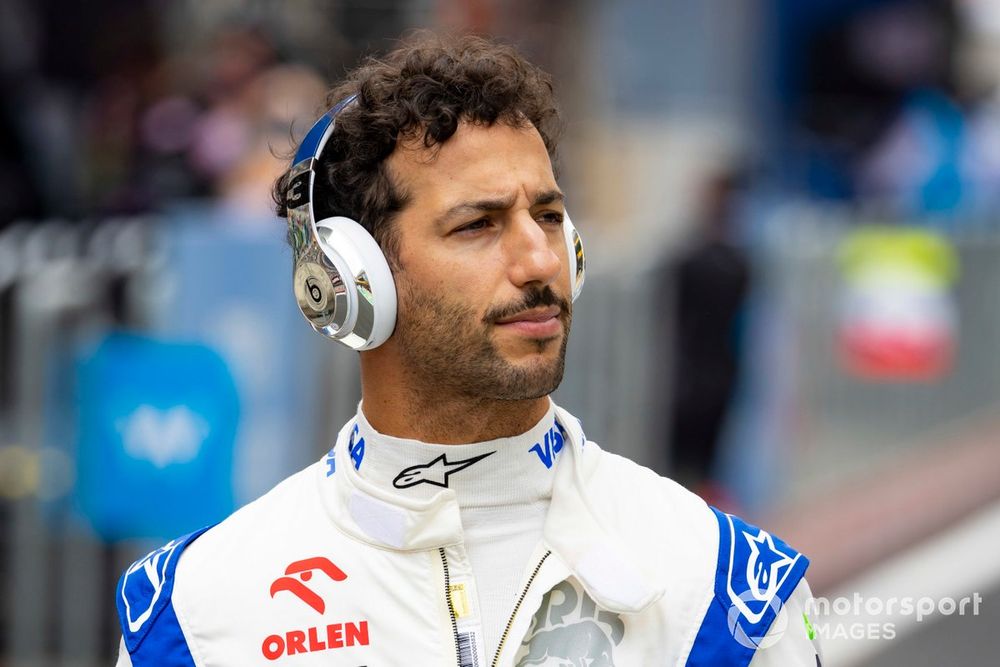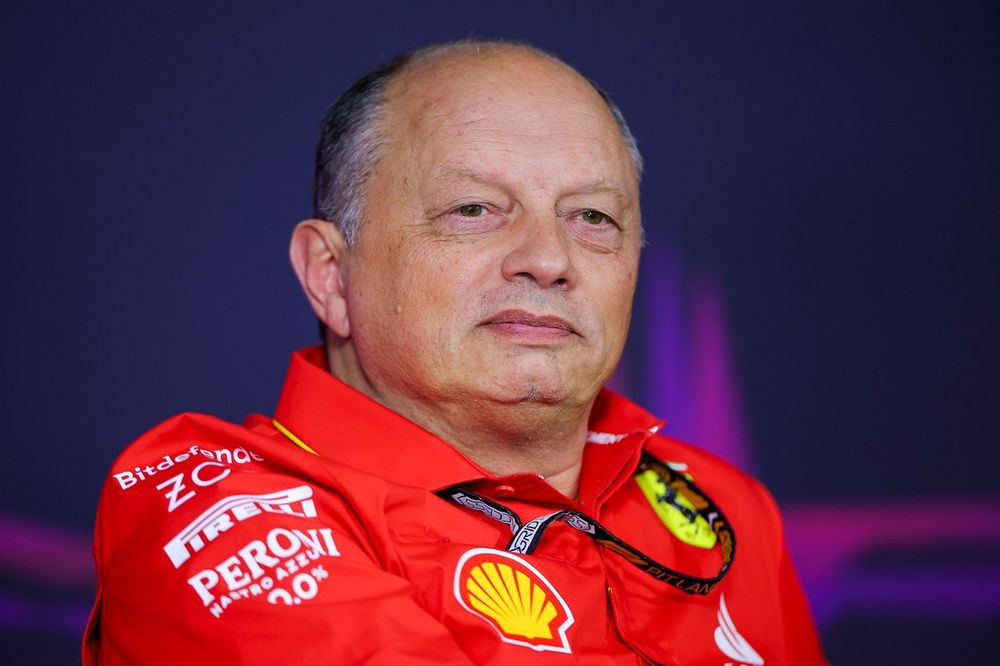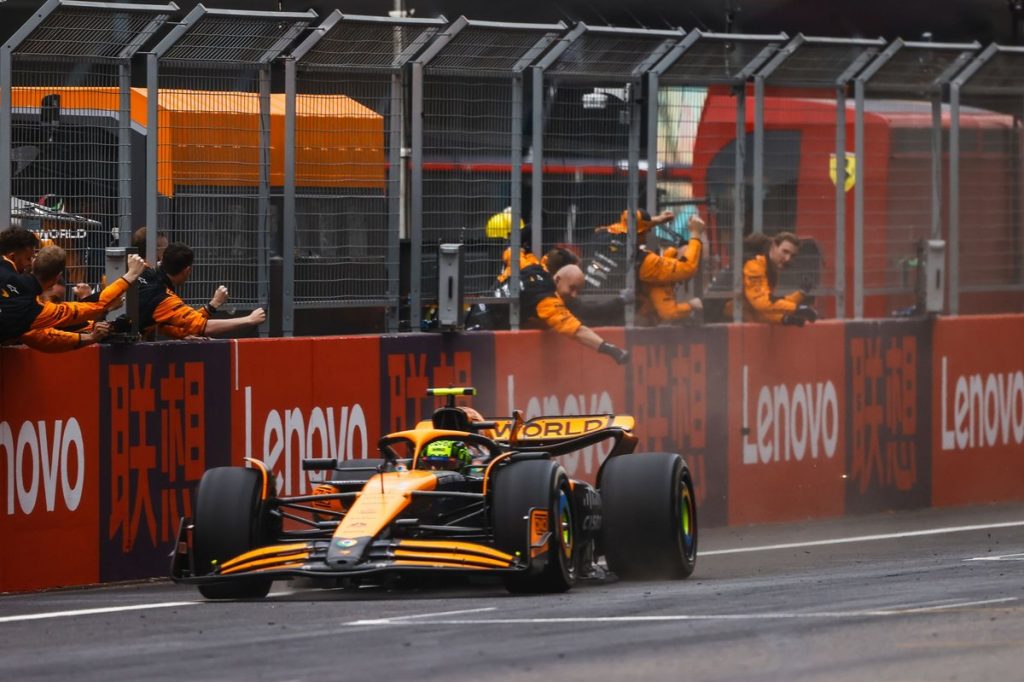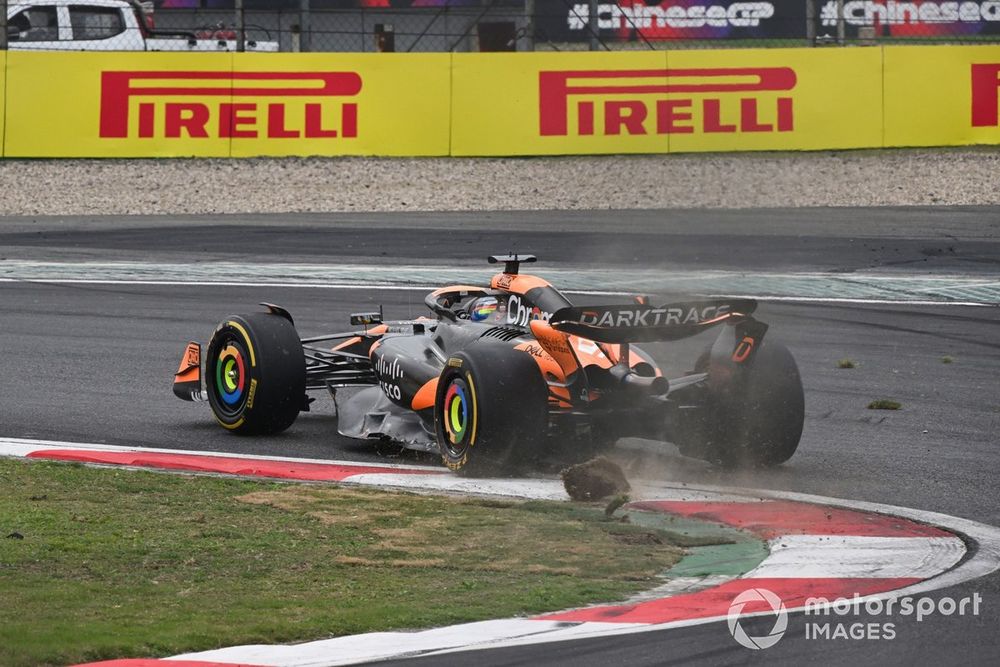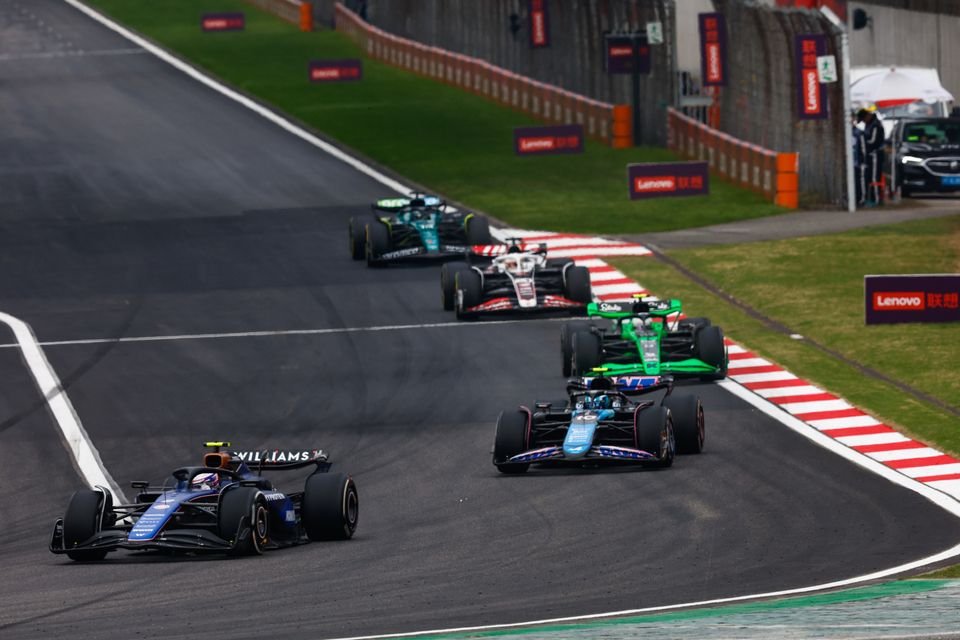Alonso had been given a 10-second time penalty in the sprint and three penalty points on his licence after he collided with Carlos Sainz in the Saturday race.
The Spaniards were fighting over third position when they clashed at Turn 9, which gave the two-time world champion a puncture and led to his retirement from the race. Sergio Perez took advantage of the incident to score a top-three finish.
The stewards decided to take action against Alonso «as per the guidelines on driving standards», but the Aston Martin driver was not convinced he was at fault.
“Turn 7, I think we were evenly matched, then in turn 8 I tried to go to the outside,” he said after the sprint. “But he opened the line to not leave me room, so in turn 9 I did the same thing he did in turn 8.
“I tried to go to the inside to not leave him room on the line, but in turn 8 I opened up so we didn’t touch, and in turn 9 he didn’t open up. So we touched.”
The team will now need to provide fresh evidence to the stewards for them to consider amending their ruling. A first hearing will be held on 3 May with Aston Martin’s and Ferrari’s team managers to determine whether the evidence put forward by the British outfit does warrant the stewards’ consideration.
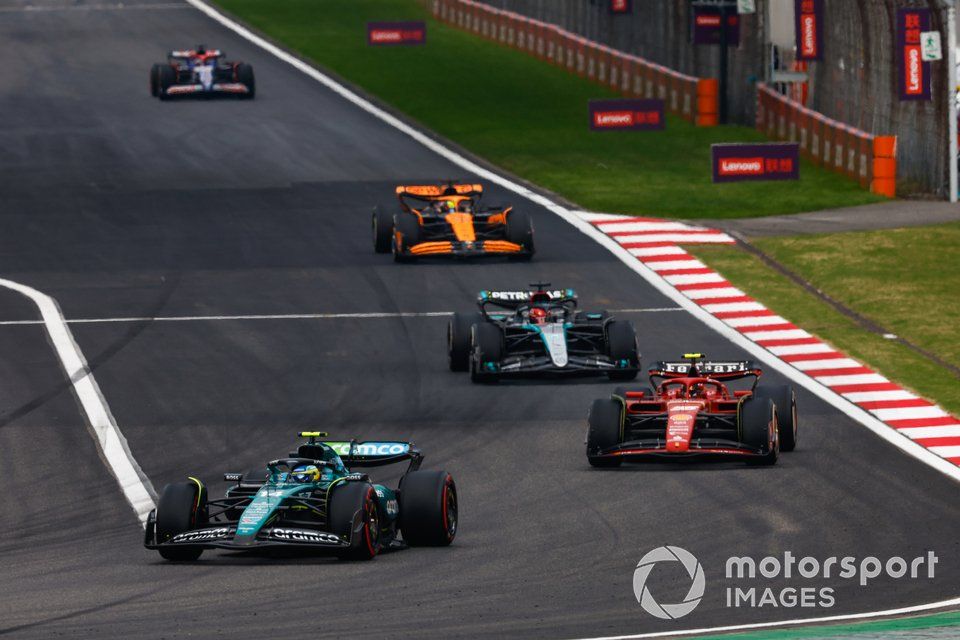
«It should be noted that this hearing will be held in two parts,» the stewards wrote in their statement. «The first part will be to hear evidence as to whether there is a ‘significant and relevant new element which was unavailable to the party seeking the Review at the time of the decision concerned.’
«Should the Stewards determine, in accordance with Article 14.3 of the FIA International Sporting Code, that such an element exists, a second part of the hearing will be convened at a time to be advised. Any other ‘concerned party’ may seek the permission of the Stewards to be present for the second part of the hearing, should one be convened.»
